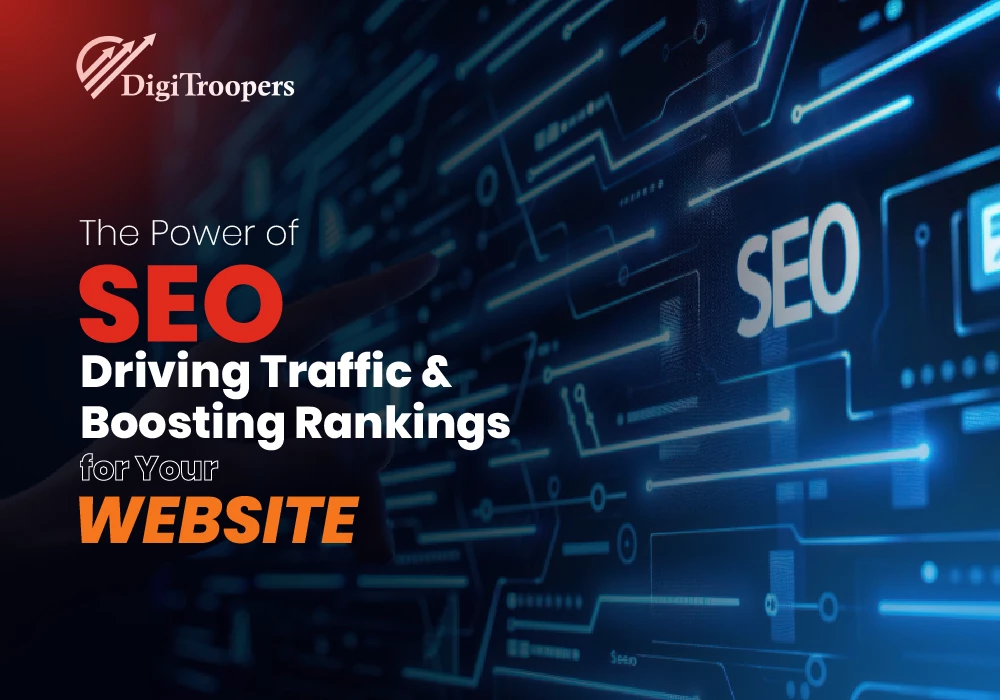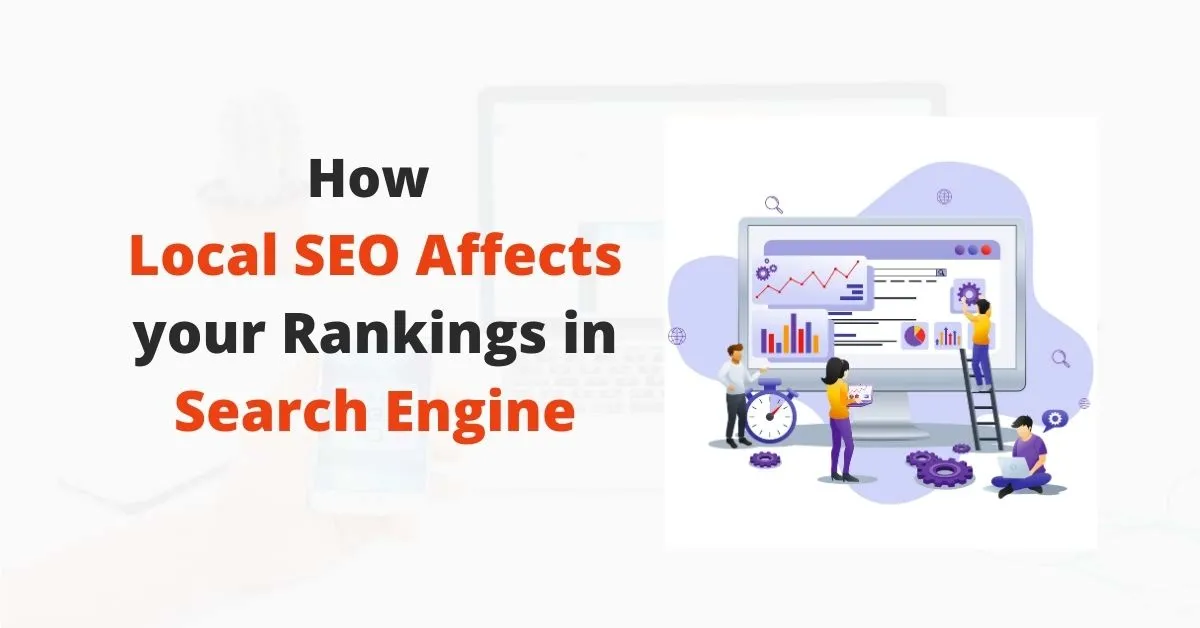In this digital age, every business wants to be visible. It does not matter if you are running a personal blog or are an e-commerce site, or a large-scale company; website traffic is the key to success. Yet, how do you make your website one that millions will not see? That is where SEO techniques come in.
Search Engine Optimization, or SEO, is the process of improving your website so that it is more visible in search engines like Google. By implementing the right SEO practices, you increase web traffic, increase ranking on search engines, and improve search visibility. So let’s take a deep dive into SEO and how to employ it to better your website.
Why SEO Is Important: The Building Blocks of Website Growth
Consider the last time you looked something up online. You either clicked one of them, and the odds are high that you did. The reality is that organic search drives a large portion of the traffic on the internet. Indeed, the majority of users do not get past the first page of Google search results. So, if your website is not showing up there, you’re missing out on a valuable opportunity.
However, with the help of SEO tools and techniques, you can optimize your website or webpage and make it more competitive. The result? More traffic to your website, leading to more relationships, sales, and overall a larger online presence.
Essential SEO Techniques to Improve Your Website Rankings

There’s no magic bullet for SEO, but there are proven strategies you can implement to skyrocket your site’s performance. The following are the top SEO strategies to incorporate:
1. Keyword Optimization: The Heart of SEO
Keyword research is one of the first steps for any successful SEO campaign. Keywords are the words and phrases that users enter into search engines when they are looking for something specific. When you optimize your website’s content based on these relevant keywords, you will get a better chance to get ranked in higher in search results.
Identifying keywords for your business to start. Services such as Google Keyword Planner or SEMrush will allow you to find the popular search terms for your industry. With the best keywords identified, you can naturally integrate them throughout your content, whether that be in your blog posts, product descriptions, or the page title itself.
However, do not overstuff your content with keywords. It’s all about keyword optimization that includes all the right keywords in the appropriate density without sacrificing the quality of your content.
2. On-Page SEO: Optimizing Individual Web Pages
On-page SEO refers to optimizing all of the individual elements on your website that contribute to your level of importance. This includes things like:
- Title Tags: The title of your page is important to both SEO and user experience. Make sure that each page has a unique, relevant title that contains your primary keyword.
- Meta descriptions: This is a short description that appears below your title in the search results. A proper meta description can lead users to click on your link.
- Structure: Use headings (H1, H2, H3, etc.) for quick and easy readability. These headings convey the structure of your content and how it relates to the user’s query to the search engines.
- Content: Content needs to be informative, engaging, and relevant to the searcher’s intent. When users spend more time on your site, there is a positive signal sent to Google that this content is valuable, and Google will improve its ranking.
3. Benefits of Off-Page SEO: Building Authority with Backlinks to Your Site
Another thing you can look at is backlinks (also known as inbound links). These are links from different websites to your own pages, and they are like votes of confidence in your content. Search engines deem your site more authoritative based on the quantity of backlinks that point back to it from relevant, high-quality sites.
For building links, keep creating useful content so that other websites will like to link to your content. In addition, you could execute outreach campaigns, guest-posting, or joint ventures with relevant influencers to receive valuable links to your site.
4. Technical SEO: Building a Solid Foundation
Technical SEO deals with the back-end structure of web pages that allows search engines to crawl and index your website. Here are some significant factors to remember:
- Site Speed: Having a slow website can negatively affect your rankings, but it will also hurt your user experience. For this, you can use Google PageSpeed Insights to check and optimize your site’s speed.
- Mobile Search engine optimization: Mobile is critical, since most consumers use mobile devices for browsing. Google employs mobile-first indexing, which means that Google favors mobile-friendly sites in its rankings.
- XML Sitemap: An XML sitemap makes it easier for search engines to discover and index all of your pages on time. Make sure your website has one and is submitted to Google Search Console.
5. Content Strategy: Quality Over Quantity
One of the best ways to boost your SEO rankings is to create high-quality content. This type of content keeps your visitors engaged and helps you rank for more relevant keywords.
Think beyond just blog posts. You can also produce useful resources such as:
- How-to guides
- Case studies
- Infographics
- Videos
This will allow you to create new and unique resources, and your site will be current, important, and meet your audience’s/business needs.
The Role of Mobile SEO in Today’s Digital World
More than 50% of all web traffic is mobile. So, it’s not surprising that these days, mobile SEO is a must-have within any successful SEO strategy. With the launch of mobile-first indexing, Google now uses the mobile version of your site for search ranking signals.
Be sure to do the following to ensure your website is mobile-friendly:
- Responsive Design: Your website should adapt automatically to various screen sizes. When designing news content, know that it must translate well to mobile phones and tablets
- Simplified Menus and Buttons: Since mobile users need to easily navigate your site, simplify your menus and buttons.
- Speedy Load Time: Mobile users are more geared towards speedy load time. Keep your site running smoothly by optimizing images and minimizing unnecessary parts.
SEO Tools: The Key to Tracking Success
![]()
In order to be able to carry out SEO strategies effectively, you need to have the right tools at hand to track progress. Luckily, there are several great tools you can use to measure and optimize your efforts.
- Google Analytics: Tools like Google Analytics, which are free, allow you to track website traffic, user behavior, and more. Knowing that there is an addition by producing a better quality page, disallowing unused content, and the use of the page
- Google Search Console: This tool allows you to check your site’s performance in search results, submit sitemaps, and see any crawl errors.
- Ahrefs or SEMrush: They help you with keyword research, backlink analysis, and competitor research, and provide insights into your potential improvements for SEO
SEO Success: The different metrics to monitor your SEO progress
Key Metrics to measure the effectiveness of Your SEO Efforts
-
- Search Engine Rankings: Track your website’s position on your keywords.
- Website Traffic: Monitor the number of visitors coming to your website and where they’re from and what pages they visit on your site.
- Conversions: Finally, your SEO work should be accompanied by an increase in sales, leads, or sign-ups.
- Bounce Rate: A high bounce rate may suggest that people are leaving your site immediately after visiting. Your content or user experience may need improvement.
Final thought About The Impact of SEO on Your Website’s Success
When it comes to attracting website traffic, increasing search engine rankings, or enhancing your search visibility, SEO strategies are very important in the online arena. By incorporating keyword research, on-page SEO, off-page SEO, and technical SEO, you can optimize your website and drive more traffic. And, a solid content strategy that encompasses a mobile-friendly website is also an essential element of a successful SEO campaign.
Keep in mind that SEO is a long-term play, and you will not see results immediately. With that said, it is possible to make huge strides in your Google rankings and increase quality traffic to your website with the right tools and strategy, and a lot of effort.
If that sounds like something you want to see in terms of your website climbing the ladder of search engine ranks and gaining more visitors, then it is time to get serious about some SEO! Try these approaches today, and see your site flourish!





